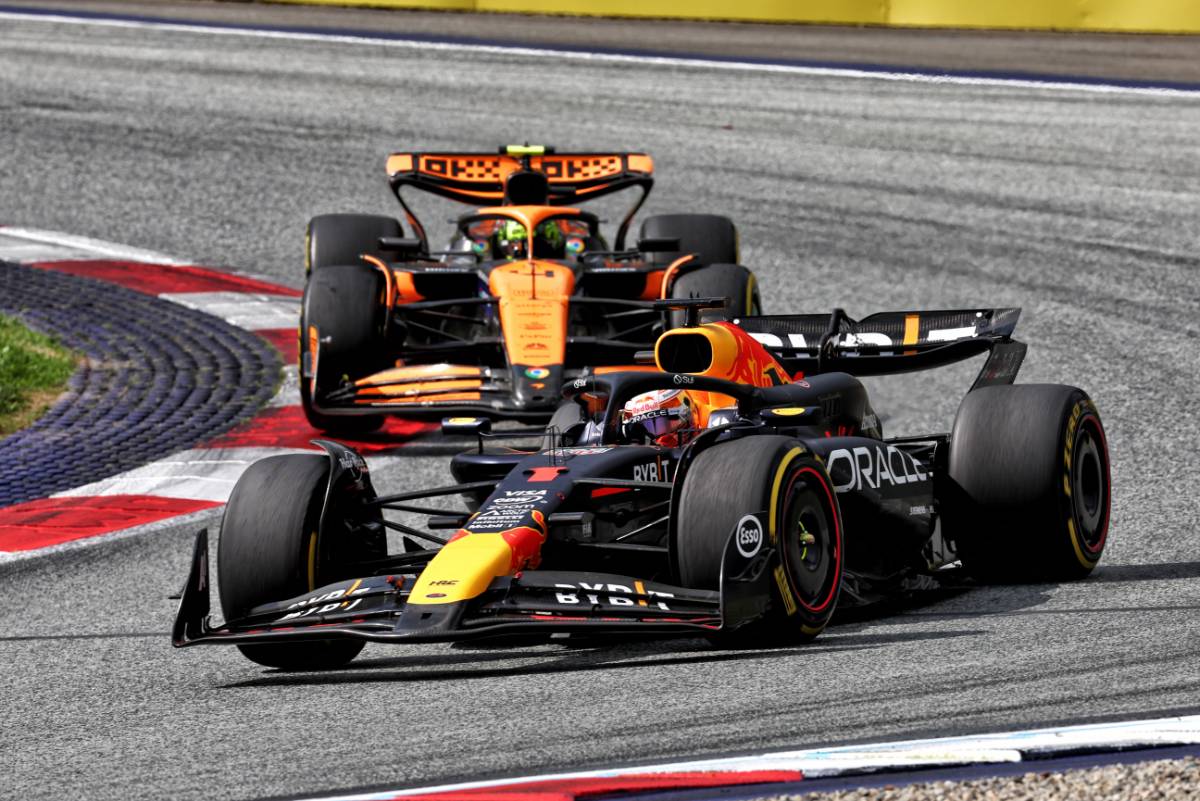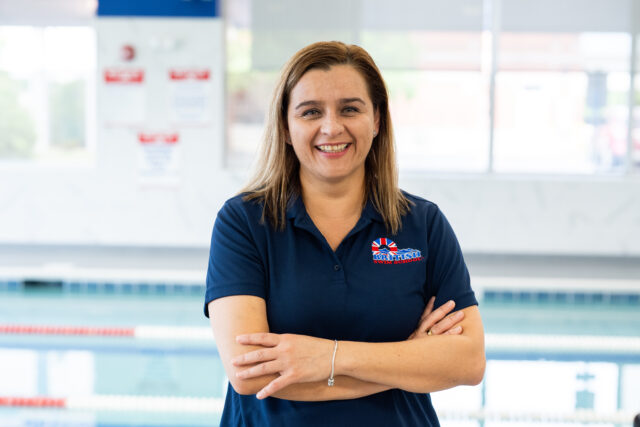With a 40-44 record, the Giants sit in fourth place in the NL West but also still within striking distance of the playoffs, as San Francisco is 3.5 games out of the last National League wild card slot. Several other teams within the congested NL are in this same half-in, half-out status of semi-contention, though expectations were certainly higher in the Bay Area after the Giants spent over $324MM on free agents this past offseason.
Team chairman Greg Johnson is still optimistic that the best is yet to come for the Giants, though he admitted in an interview this week with the San Francisco Chronicle’s Susan Slusser that the club’s play has been “very inconsistent.”
“I think we have to be a little patient through this period where you get frustrated when you watch every day,” Johnson said. “We also have to take into account that we’ve been hit with injuries in very key places, and when you try to muddle through with a two-man rotation, it’s pretty difficult….We’ve had slow starts in games. We can’t seem to get on starting pitching, we always seem to be trying to play catch-up. But on the positive side, the clubhouse vibe seems to be good despite the injuries, and I think if we can stay relevant the next couple of weeks, we’re going to be in great shape in the second half.”
Thirteen players are currently on the Giants’ injured list, ranging from season-ending issues like Jung Hoo Lee’s shoulder surgery to a couple of injuries (to Thairo Estrada and Wilmer Flores) that have arose even in the few days since Slusser’s interview with Johnson was published. As Johnson simply put it, “it’s tough when you watch the team take the field — that’s not the team we thought would be out there.”
The sheer volume of personnel on the IL does hint at further upside for the roster, since Johnson says “we probably have the biggest lift (with returning injured players) of any team out there.” This in itself could provide more of a natural roster reinforcement than anything San Francisco could add at the trade deadline, though whether or not enough players will be back by July 30 adds another wrinkle to the club’s future plans.
Johnson demurred most talk about the deadline, saying that was the purview of president of baseball operations Farhan Zaidi. However, the chairman downplayed the idea of a splashy midseason trade, saying “we’re going to look and see what’s available, but we’re not that optimistic that the market will bear much fruit with so many teams in contention right now, and the cost of getting players and giving up a lot of young talent.” Should a situation emerge where the Giants could add a player by boosting their approximately $254MM, Johnson said “I think we do” have that type of financial flexibility.
It has been no secret that the Giants were trying to add superstars (and thus a larger payroll) to their roster for the last several years, as per their pursuits of Shohei Ohtani, Aaron Judge, Carlos Correa, and other big-ticket stars in free agency. Last winter’s spending spree was headlined by Lee’s six-year, $113MM deal, though the Giants were able to score a pair of notable less-pricey deals late in the offseason with a pair of shorter-term, opt-out heavy deals with Blake Snell and Matt Chapman. As a result, San Francisco is now over the luxury tax threshold for the first time since 2017, though their estimated $254MM figure puts them under the secondary tax tier of $257MM.
In regards to the Giants’ spending capacity in general, Johnson said “We don’t go in with any set number — here’s the cap, here’s the target. Things change, and being able to get someone of Blake Snell’s caliber and you look at your areas of vulnerability and with a lot of untested pitchers, that was a reason to go out and spend beyond the luxury tax. You want to be nimble and opportunistic and having Blake still available kind of pushed us over that [luxury tax] range.”
Seen as relative bargains at the time, the signings of Chapman (three years, $54MM with two opt-outs) and Snell (two years, $62MM with an opt-out after the season) haven’t gone to plan. Chapman is at least on the field and providing his customary excellent third base defense, even if his hitting has been only decent. Snell, on the other hand, has battled through a nightmare of a season that has included two IL stints and a 9.51 ERA over 23 2/3 innings pitched.
Because Snell didn’t sign until March 19, he didn’t have the benefit of any kind of normal Spring Training routine, as the reigning NL Cy Young Award winner’s preseason work was limited to his own personal training regiment and some sim games after he officially joined the Giants. Snell’s struggles have been so overwhelming that it seems to have led to a policy change within the team, as “signing someone late isn’t something we’d do again, especially with a pitcher,” Johnson said.
“I think that shows you how important Spring Training is, especially for pitchers….We felt a veteran like him could be ready pretty quickly. I’m sure he’s pretty frustrated as well. You want him to feel like he’s 100 percent when he’s out there, and he wants to feel like he’s 100 percent.”
While it is a little surprising to hear a team executive make such a firm declaration, it isn’t all that controversial given that Snell himself has gone on record with his regrets over his lack of a normal offseason ramp-up. It should be noted that Johnson didn’t regard Snell’s signing as a mistake, since there is still time this season for Snell to return and contribute, not to mention in the second year of his deal in 2025 (since an opt-out is looking increasingly unlikely).
All in all, Johnson’s statements don’t much differ from the comments of other front office officials or executives in recent weeks, as so much of the league is still in wait-and-see mode with a month to go before the deadline. It is certainly possible the Giants could be more aggressive in adding talent if they go on a hot streak in July, though remaining under .500 (and falling more definitively out of a playoff race) could motivate Zaidi to reload for 2025 and move some veteran players at the deadline. Or, given how San Francisco surely plans to contend next year, the Giants could pursue a combination of both buying and selling at the deadline, rather than one specific path.



















You must be logged in to post a comment Login